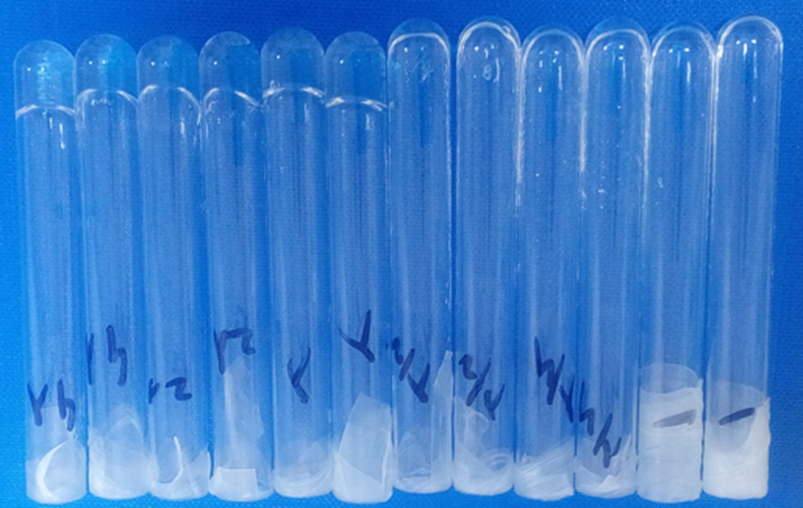Airflow direction and visualization test

1.1. Airflow direction test and visualization The purpose of this test is to confirm either the airflow direction or airflow pattern or both in regard to the design and performance specifications. If required, spatial characteristics of airflow in the installation may also be confirmed. Procedures for this test are given in ISO- 14644 . 1.1.1. Testing schedule for optional tests In addition to the normative tests specified in ISO- 14644 , optional tests, such as those listed in Table A.1, may be included within the testing plan. Table 1 : Schedule of optional tests Test parameter Class Suggested maximum time interval Test procedure Airflow visualization All classes 24 months ISO 14644-3:—, clause B.7 1.1.2. Principle The purpose of airflow direction test and visualization is to confirm that the airflow direc...



